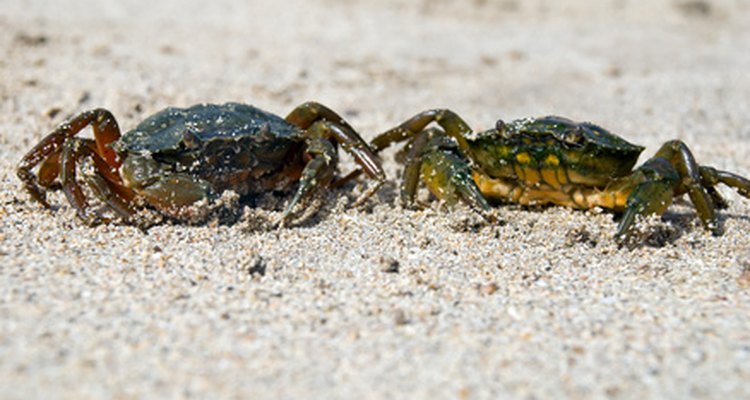
The blue crab is one of the most abundant crustaceans in the western Atlantic Ocean. They're a regional delicacy up and down the East Coast of the United States, where locals enjoy them in crab cakes, crab soup, crab dip, and other dishes, or simply eat them steamed with a squirt of butter and lemon. Whether you catch the crabs yourself or buy them at your local fishmonger, you'll need to clean them thoroughly before cooking and eating.
Using the tongs, pick up a crab and place it in the bucket of ice water. Leave it in the water for five minutes. This will stun the crab and prevent nasty pinches during the cleaning process.
Pick up the crab (once it's been in the ice water for five minutes you can handle it without tongs) and place it on a cutting board with the rounded blue side of the shell facing up and the larger pincher claws facing away from you.
Place your thumb under the outer edge of the top shell that's closest to you. Pry the shell off, pulling away from your body. It should come off in one piece. This kills the crab instantly.
Flip the crab over. On the belly, you'll see a half circle shape (if the crab is female) or a upside-down "T" shape (if the crab is male) on the white undershell. This piece of shell is known as the "apron." Using your thumb, remove the apron with a prying motion, like you're opening a can of soda. Using the same motion, peel off the two pieces of shell on either side of the apron.
Place the crab belly-up in the sink and use the water to rinse out the yellow-green entrails.
Using your fingers, pluck off the crab's mouthparts. These are the rectangular bits of shell just beneath the crab's eyes.
With your fingers, peel off the gills. These are the cone-shaped brownish-gray bits of spongy material on the crab's back. Rinse the crab in the sink.
Related Articles

How to Devein Tiger Prawns

Types of Crabs in the Atlantic Ocean

How to Clean Fresh Crabs to Freeze

How to Cook Crab Claws
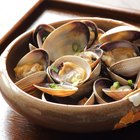
How to Cook Clams in the Shell

How to Clean Scallops
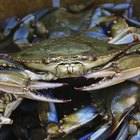
How to Cook Dead Crab
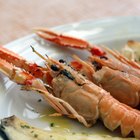
How to Grill Crawfish
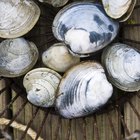
How to Steam a Quahog
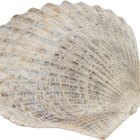
How to Bake Scallops in the Shell
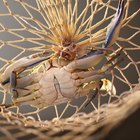
How to Kill a Crab
How to Cook Frozen Lobster Tails
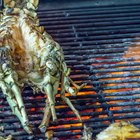
How to Cook Live Lobster on the Grill
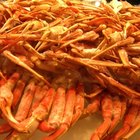
How to Eat King Crab Legs
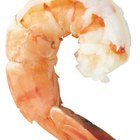
How to Use a Shrimp Deveining Tool
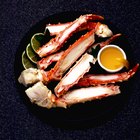
How to Cook Crabs in a Slow Cooker

How to Boil Conch in the Shell
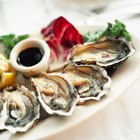
How Long Do Shucked Oysters Stay Fresh?
Crawdad Cleaning, Cooking, & Eating
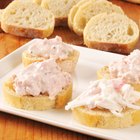
How Do I Make a Crab Salad With Canned ...
References
Warnings
- Store live blue crabs in a pot in the refrigerator or in a cooler with ice. Storing them in water will kill them from lack of oxygen.
Photo Credits
crab image by Andrew Buckin from Fotolia.com